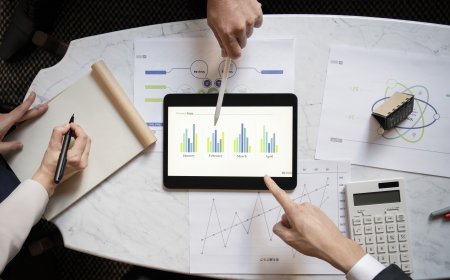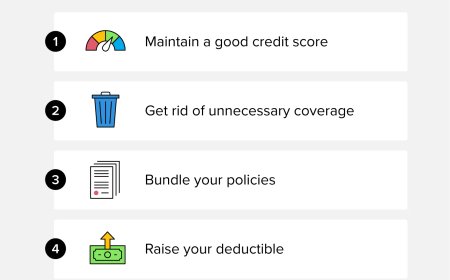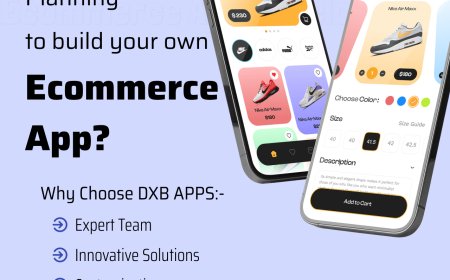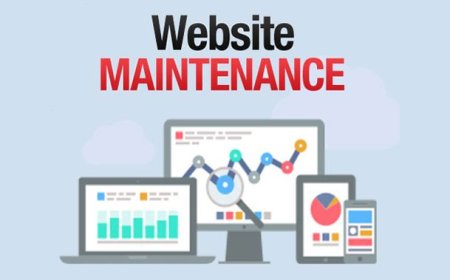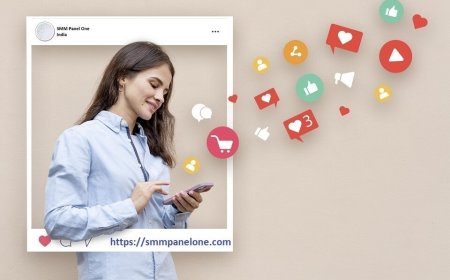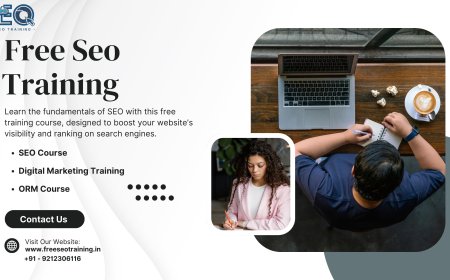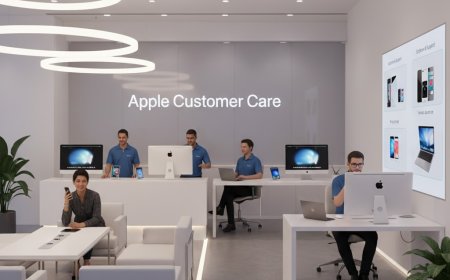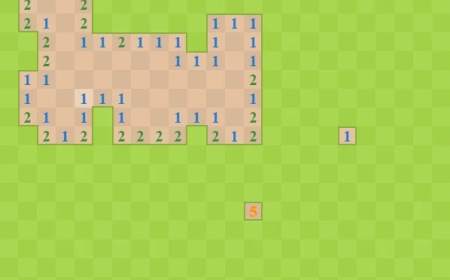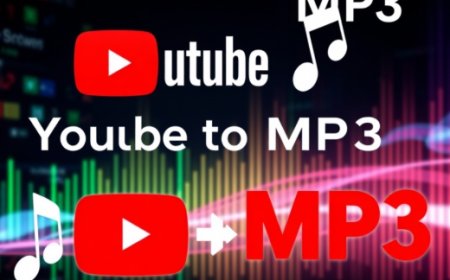Understand the Psychology Behind Scrolling Habits
Discover how to Understand the Psychology Behind Scrolling Habits and learn why people keep scrolling and how to use it to improve your content strategy.
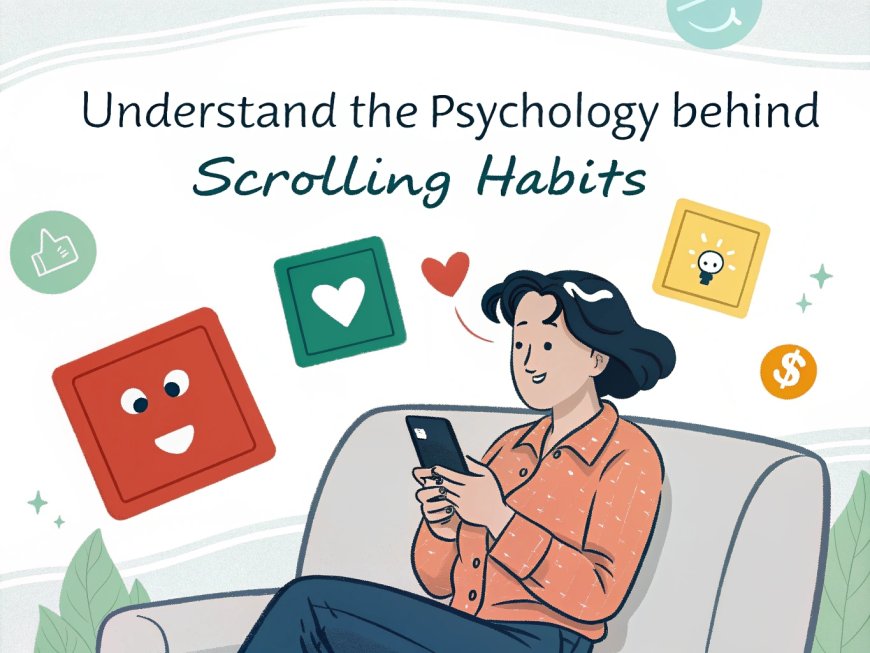
Simple Ways to Understand Scrolling Habits Psychology
Many of us spend a lot of time every day just scrolling on our phones. You might be sitting on your couch or waiting in line, and without even thinking about it, you open up social media and start sliding your thumb across the screen. You probably do this so often that it feels almost automatic. It is interesting how our minds work in these moments because there are real reasons why we keep scrolling even when we are not sure what we are looking for. This is where learning to Understand the Psychology Behind Scrolling Habits can really help you see what is going on and how it affects you and everyone who uses social media.
When you know the reasons behind your scrolling, you can start to notice how content grabs your attention and why some posts make you stop while others do not. You can also use this knowledge if you are someone who shares things online for a business or personal brand. It helps you create posts that people actually want to see and maybe even save or share.
Why Our Brain Loves to Scroll
Our brain is wired to look for new things. This is called novelty seeking. When you scroll, your brain gets a little shot of dopamine every time you see something different. Dopamine is a chemical that makes you feel good and excited. It is the same feeling you get when you get a surprise gift or hear your favorite song on the radio. Because scrolling is so easy and always brings something fresh, your brain keeps wanting more of that feeling.
This is why you sometimes tell yourself you will only look for a minute but end up spending half an hour or more. You keep thinking the next thing you see will be even better. Some people call this the infinite scroll effect. Many social media apps are designed on purpose to never really end. Instead of showing you a stopping point, they keep loading more content so you do not leave.
How Visual Triggers Work
The images and videos you see play a big role in why you stop scrolling. Your eyes are drawn to bright colors, faces, and movement. That is why short videos and animations are so popular right now. They stand out among still pictures and text.
You might notice that many creators use big text over images or bright borders to catch your eye. This is called a visual trigger. It is a way to grab your attention in the first couple of seconds because if you do not notice a post quickly, you will probably skip it.
Brands and influencers study these patterns. They look at what kinds of pictures or clips make people pause and what makes them keep going. This helps them make better content that connects with viewers.
Emotions Behind Scrolling Habits
Emotions are a big part of why we scroll. Sometimes you might be feeling bored, lonely, or stressed out. Scrolling can be a way to distract yourself or to feel like you are part of something. When you see content that matches your mood, it feels comforting. For example, if you are having a bad day, you might look for funny videos or uplifting quotes to feel better.
Other times, scrolling is a way to learn. You might be searching for how-to videos or reading about something new. That mix of entertainment and education makes social media feel rewarding.
Creators often try to tap into these emotions. They use captions that ask questions or share personal stories because it makes the content feel more human. People are more likely to engage when they feel an emotional connection.
How Algorithms Shape What You See
Most platforms use complex algorithms that decide what to show you. An algorithm is like a smart formula that picks posts based on your past behavior. If you spend a lot of time watching cooking videos, the app will show you more of them because it thinks you like that content.
These algorithms are powerful because they learn from you over time. They measure things like how long you watch, what you like or share, and even what you pause on. All of this data helps platforms decide what to put in front of you to keep you scrolling longer.
For people who create content, understanding how algorithms work can be very useful. If you know what signals the platform cares about, you can make content that fits those rules. This might include using keywords, posting at certain times, or encouraging comments.
Some creators even choose to buy youtube subscribers when they want to boost their channel visibility and show the algorithm that their content is worth promoting. This can help them get more reach faster, especially if their videos are already high quality and engaging.
Ways to Use Scrolling Psychology in Your Own Content
If you share things online, you can use what you know about scrolling habits to improve your posts. One of the first things to focus on is the hook. This is the first part of your post that people see. It could be a headline, a question, or the first three seconds of a video. A strong hook makes people stop and pay attention.
Next, think about the visuals. Bright colors, clear images, and short videos stand out in a crowded feed. Even if you are just sharing a simple message, adding an eye-catching design can help.
You also want to make sure your content is easy to understand. If a caption is too long or confusing, people will scroll past. Simple language and clear ideas work best.
Understand the Psychology Behind Scrolling Habits
When you start to see how all these parts fit together, it gets easier to understand why you and everyone else spends so much time scrolling. Your brain likes new things, your eyes like bright visuals, and your feelings are pulled in by content that feels real or inspiring. All of these parts work together to keep you engaged.
This does not mean scrolling is bad. It just means you can pay more attention to why you do it and how it affects you. If you are creating content, you can use this knowledge in a good way. You can make posts that help people, make them feel happy, or teach them something new.
Over time, the more you understand about scrolling psychology, the more confident you will feel in using social media in a way that works for you. You will see that it is not only about getting likes but also about building trust and real connections.
When you create something worth stopping for, you are giving people a reason to pause in their busy day. That is a powerful thing to do. Keep learning, keep testing what works, and keep showing up with content that matters.












